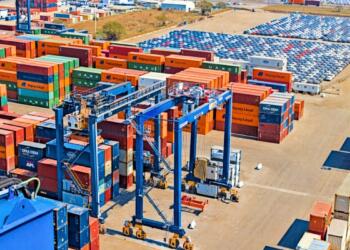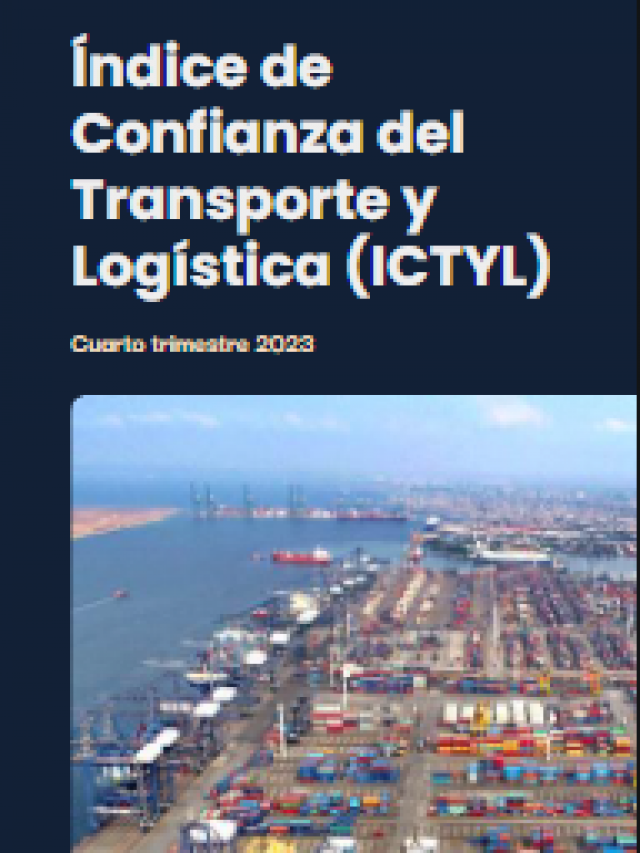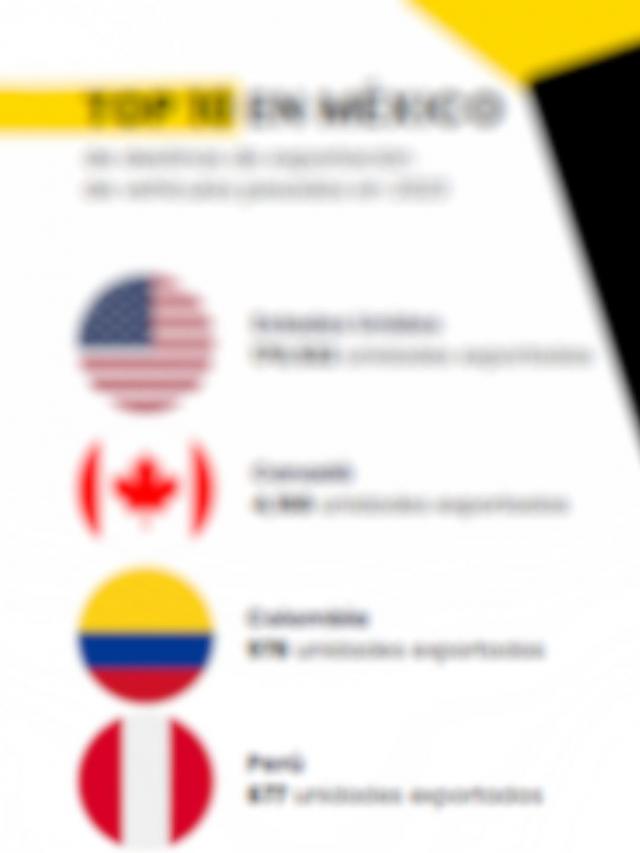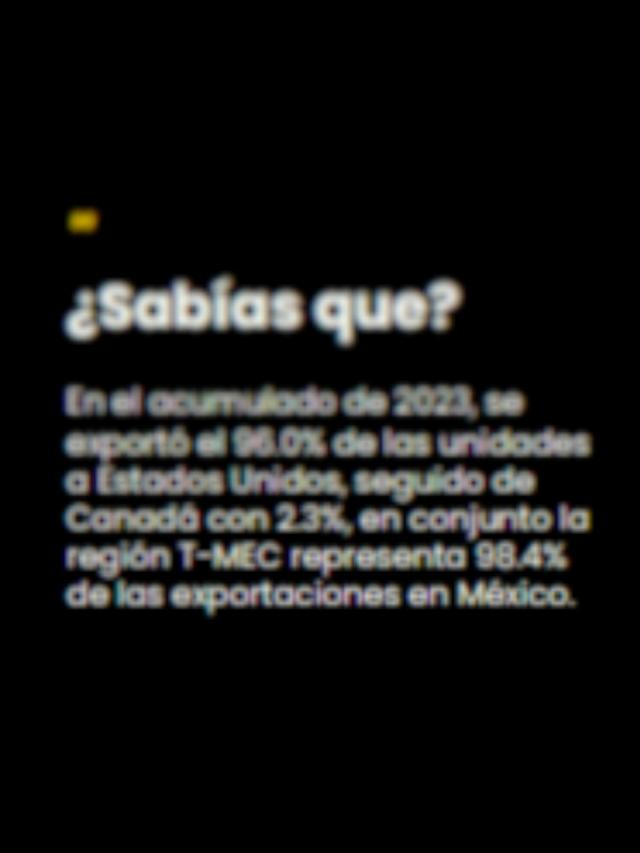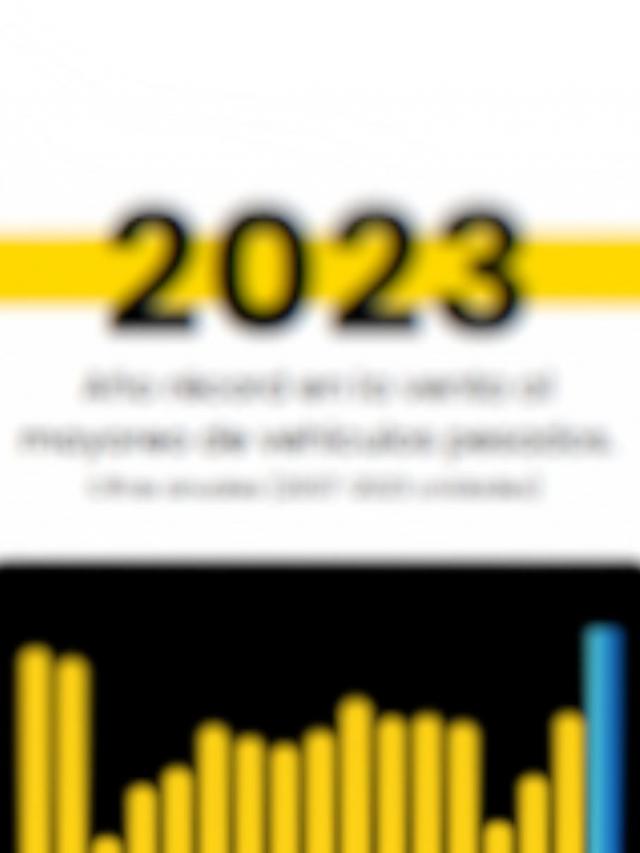
Is it time to abandon diesel, or is there still a long way to go? Does it make sense to talk about hydrogen as an energy source if there isn’t even any infrastructure? And what about electric vehicles? Are they a solution or just a media symbol? While the rhetoric grows and the big questions remain unanswered, the figures show another reality: Mexico has a heavy fleet of cargo and passenger vehicles of more than 800,000 units with an average age of 19 years , although some have been in operation for more than five decades.
The problem is not only related to efficiency, but also to environmental issues. The majority of the units in circulation operate with Euro 3 technology, but a change in regulations aims to reconfigure this situation: as of January 1 of this year, Euro 6 is required for units produced or imported into the country. Moving toward this standard would achieve a reduction of up to 90% in nitrogen oxide (NOx) and particulate emissions, explained Rogelio Arzate, executive president of the National Association of Bus, Truck, and Tractor-Trailer Producers (ANPACT) .
But renewal is expensive . The representative of the major manufacturing brands said that replacing 7,500 units per year (6,000 freight and 1,500 passenger) would require between 3 and 4.5 billion pesos annually, depending on the technology chosen.
Arzate warned that while this roadmap is being designed, the importation of used vehicles is accelerating; in 2024 alone, the figure reached 29,000 units, almost triple the average recorded between 2018 and 2022.
Comment and follow us on X:@karinaquintero / @GrupoT21







